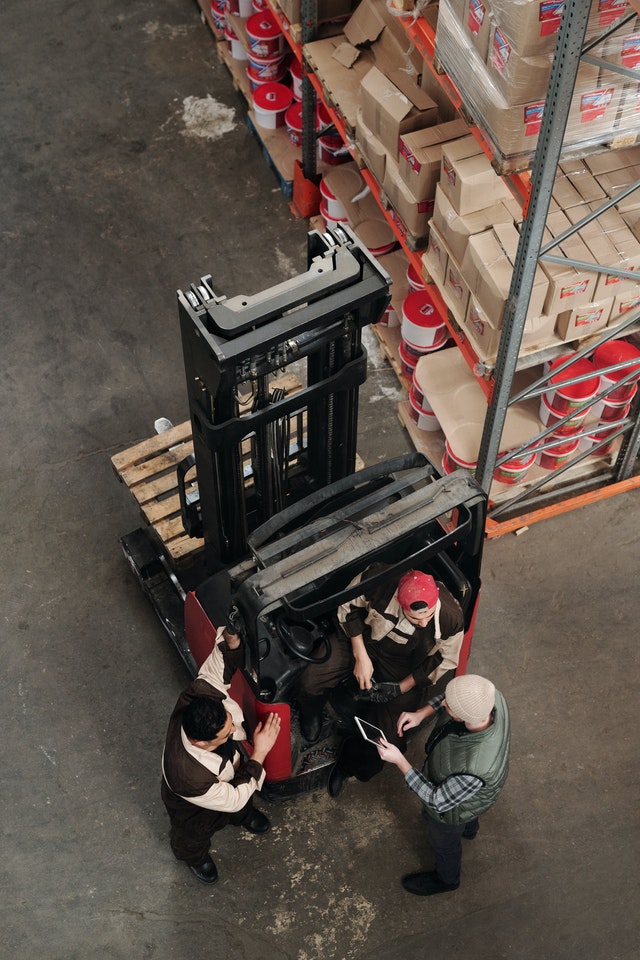
The path to quality assurance is long and is constantly a moving target. Throughout the life of your company processes will change, employees will change and even your products will change. Even if you have perfect SOP’s, documentations, and logs in the beginning that doesn’t mean that it will stay that way. The key to great cannabis quality assurance is procedures and training in place that are consistently updated. While continuously added on to by you and your staff. Here are some good examples of things needed for quality assurance, but again they need to be updated regularly.
Good SOP Programs in Place
Standard operating procedures are the basis of any good quality assurance program. They explain to employees step-by-step how things should be done in the facility. To make sure everyone knows what is expected of them. One of the issues that we run into often is that a company might have SOP’s in place but they aren’t written specific to the company. Or there are processes that employees are doing that aren’t outlined in the SOP’s. This is a big problem when it comes to inspections and is considered a violation. Everything that goes on in the facility needs to be outlined in the SOP’s, and those SOP’s need to stay current.
They also need to be specific to the facility, and not just generic SOP’s bought in a package. This will get you into some serious trouble and is never recommended. First, you should write SOP’s specific to your company and facility. Then have a program in place to make sure the SOP’s are constantly kept up to date and edited regularly. This will ensure your success in the future when it comes to compliancy. While staying on the good side of regulators creating good general quality assurance.
Good Logs in Place
Many of your SOP’s will require logs that are filled out regularly throughout your facility. Making sure to prove that certain things are done consistently and correctly. These logs include sanitation, heat step, quality assurance checks, master manufacturing check offs, etc. Investigators and auditors will never take anything at face value. You can tell them all day long that you are checking something. But if you can’t prove that you’re actually doing these things through providing logs, it literally won’t matter. Keeping logs and making sure your employees are filling them out while understanding their importance is key to a good quality assurance program.
Employee Training
Employee training is one of the most important things when talking about quality assurance. I always tell clients that every employee should understand the quality assurance processes in the facility just as well as the managers so that if a regulator or auditor shows up (almost always unannounced) then everyone knows what is going on and can explain to them how everything works. During these training sessions it is important to explain in detail why the steps in the SOP’s take place.
This is a part of making compliance a part of your company culture. If employees don’t understand the why, then they are far less likely to actually follow the protocols. Just telling someone to do something “Because I say so” never works and causes more problems overall. Having a good training program in place is not only required, but it can help in many more ways and is highly recommended.
Good Vendor Approval Program
Knowing where all of your pesticides, equipment, fertilizers, ingredients, and solvents are coming from is very important in a quality management system. I can’t tell you how many times I will be doing an audit and they have something in their facility that they don’t know where it came from. This is a major issue AND violation. Which can be prevented if a good vendor approval program is in place. This is something that is required by many local and state health departments as well as cGMP and FDA requirements. So think about putting one in place if you don’t already have one. Also, this should be a changing document that is updated continually.
Product Safety Plan in Place
Having a document in place that encompasses many different aspects of consumer safety is the best way to mitigate risk when it comes to contamination and food safety issues. A product safety plan can be the one thing that protects you from the risk of recalls, disposals, consumer safety mishaps and overall liability for your product. It is a step by step preventative and reactive plan that helps your employees and managers know what to do if there is an issue and how to handle it. It also spells out all of your processes for review when a regulator is in the facility. These are required for all FDA and cGMP facilities and we highly recommend having one in place to make sure your quality management system is as robust and compliant as possible.

Kim Stuck is the founder and CEO of Allay Consulting, a compliance strategy and services provider serving the hemp, cannabis, and psychedelic industries nationwide. She brings a regulator’s keen eye and wide-reaching knowledge on evolving compliance and safety mandates to support businesses in tightly regulated industries. Previously, Ms. Stuck held a pioneering role as the nation’s first cannabis and hemp specialist for a major metropolitan public health authority. During her tenure with the City of Denver, home to hundreds of cannabis businesses, she worked as an investigator covering cultivation, manufacturing and retail. Her duties included facility inspections; conducting investigations into improper pesticide use and worker safety; creating regulations; instituting recalls; and public outreach. Ms. Stuck holds numerous accreditations, such as certified quality auditor (CQA) and certified professional of food safety (CP-FS), among others. In addition to serving on several industry advisory boards, she has been a member of ASTM International’s cannabis standards committee since its 2017 inception.
